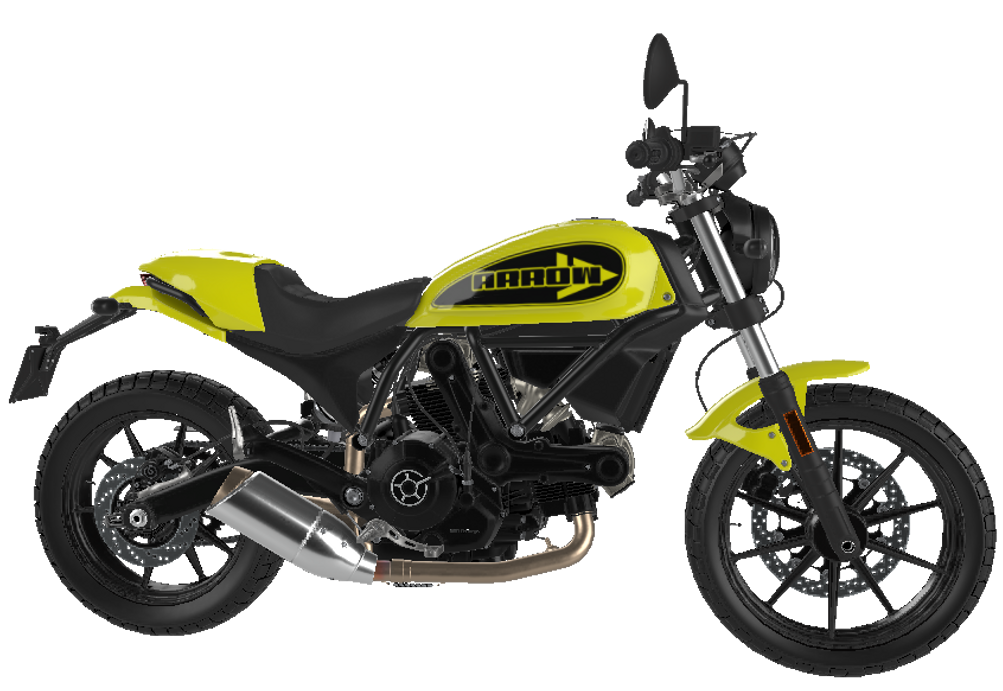Art elements. Textures and meshes. We use initial textures (downloading low res textures first), so users can start manipulating/ configuring models, and download final textures (hi res textures) in the background. This helps reduce loading times.
Other factors include the user's own internet connection and speed and location. Requests to our API will suffer based on distance, but anything served by the CDN should be fast regardless of location due to all the locations AWS has to grab the files.
Dopple has been the most consistent Leader in Visual Configuration by G2, and has won awards for our 3D technology. Our Dopple Visual product is designed to promote the highest product realism demanded by consumers, on a high-performing global architecture, with key interactive features required for our clients to differentiate themselves amongst their competition. Dopple’s team of professionals work closely with you to understand and deliver on the promise of 3D Product Visualization and 3D Product Configuration.
Core Differentiation for Dopple 3D Commerce:AR will have visual differences from 3D depending on the techniques leveraged in art model creation and due to the rendering technologies and the way they handle lighting. There will also be varying differences between IOS and Android you can anticipate. AR technologies, while currently limited in the consumer market, are improving and our team has been actively exploring methods to bring more visual consistency to the AR experience through cutting edge AR implementation.
AR software limitations not in our control include the web browser and mobile software standardization and this can affect visual parity in lighting, tone and color acuity between our web experience and the AR experience. This includes the step of the AR experience when you are launching AR as this is powered by Google Model Viewer, not Dopple.
We have different integration options available for Dopple Visual based on the type of integration your business needs.
Option 1 - Visual Component-Based Implementation
Option 2 - Manual implementation using Dopple’s Visual API
Option 3- Productized Integrations
Yes! Dopple is designed to be platform-agnostic; as long as you have the ability to add custom HTML and JavaScript to your website or store’s pages, you can embed Dopple and setup the logic to allow for configuration of your 3D products.
Dopple also has a pre-made Shopify app and WooCommerce plugin to make integration with those ecommerce platforms even easier.
3D assets are designed to take advantage of configurability whenever possible so that a single product asset and its associated configurability can cover many or all SKUs that are possible for that product. Configuration capability that covers several million SKUs can in practice all be served from a single, fully capable model.
Dopple’s platform serves the model efficiently to the consumer’s web experience, based on most common selections, your preference for defaults, and considered optimizations.
Dopple is able to work with many — but not all — file formats and convert them to runtime-optimized 3D models.
Ideally, in order of importance:
.glb or .gltf — A standardized, universal 3D file format which will be used at runtime. Other file formats will ultimately be converted to this..step or .stp — A universal export format for CAD/Engineering files..fbx — A proprietary 3D format, typically for Autodesk software..blend — Native Blender 3D files. Does not require a specific 3D modeling app..obj — Simple format, usually loads in most 3D apps (not preferred over other 3D file formats).See our 3D Asset Requirements doc for more detailed info.
If possible, please indicate what measurement scale units were used to create the 3D asset (e.g. mm, cm, meters).
If you already have textures ready for use with your model, PNG format is ideal; JPG may be used as a fallback.
For textures/materials (especially for highly-detailed surfaces such as fabrics), a resolution of 8 MP/4K is a tremendous help, along with adding a scale for reference (for example, laying a ruler along the top of the swatch).
If you do not have 3D models or architectural measurements (.dwg) or textile patterns to inform the physical dimensions, then physical samples may be required to guarantee the accuracy of the 3D model.
Dopple’s in-house Art team will optimize your 3D assets for use on the web and convert them to be compatible with our platform (such as separating out meshes, materials, and textures that are configurable from parts of the model that are static).
Pre-login Client
Our policy is to start ARR at the point of contract signing because this is aligned with our company's use of the platform's tools to work on the delivery of the project.
Post-Login Client
Our policy is to start ARR at the point of contract signing because this is aligned with start date access and our company's use of the platform's tools to work on the delivery of the project.
Let us know a little about your products, and we’ll put together a comprehensive price quote based on your needs.
